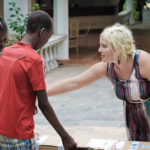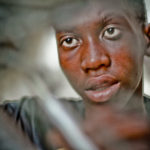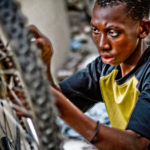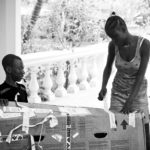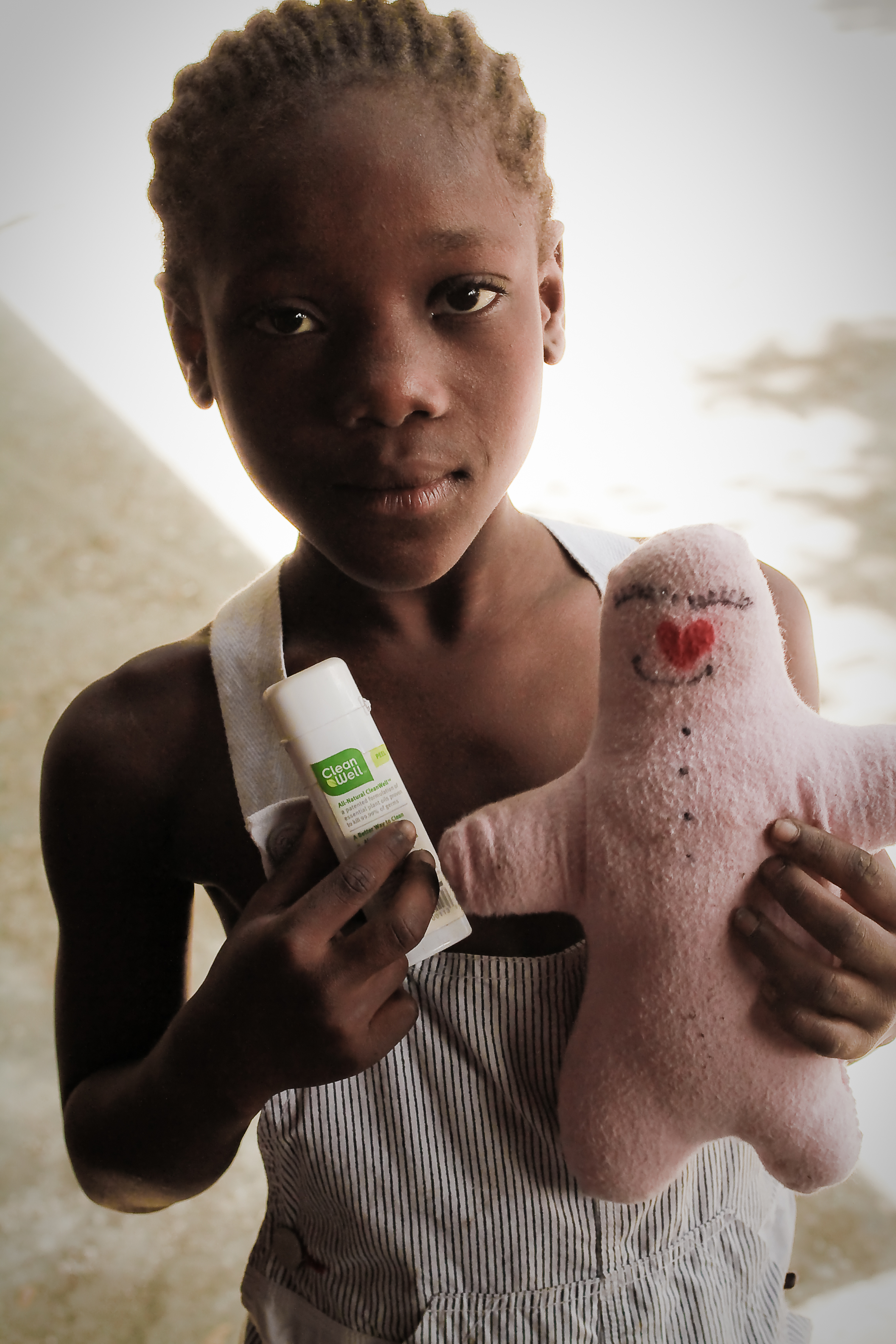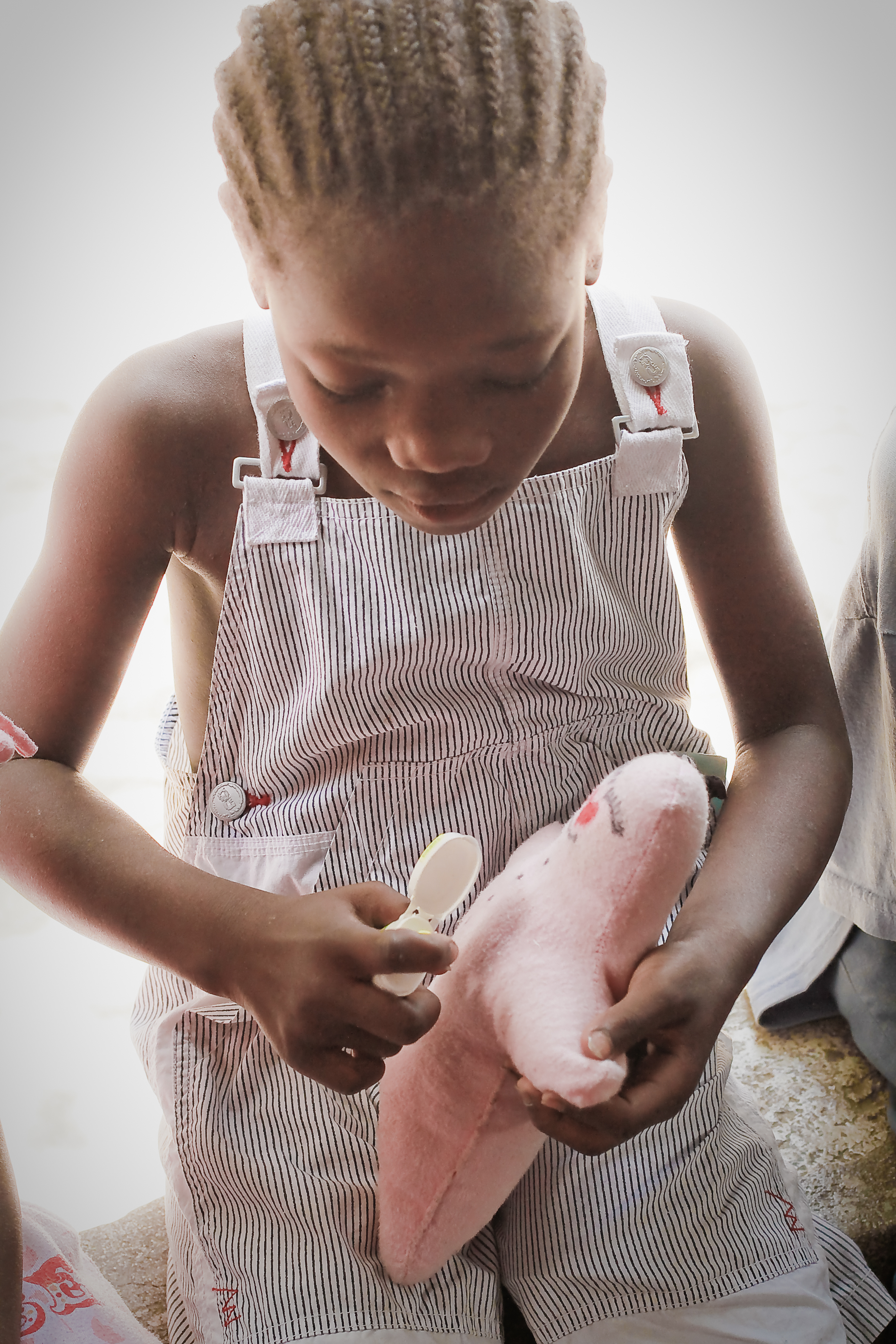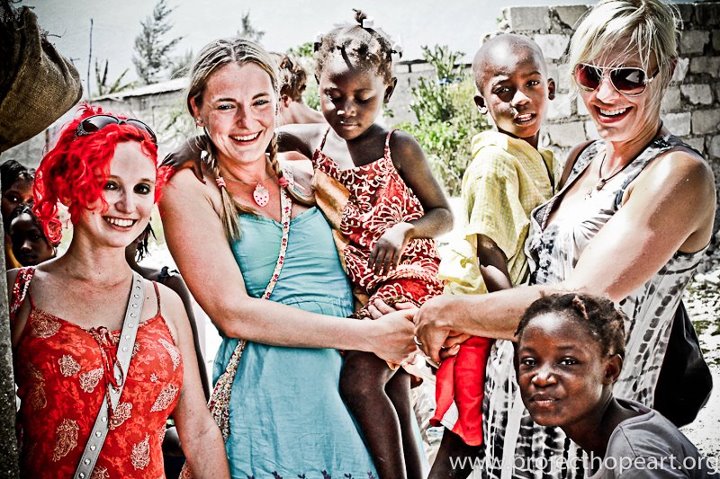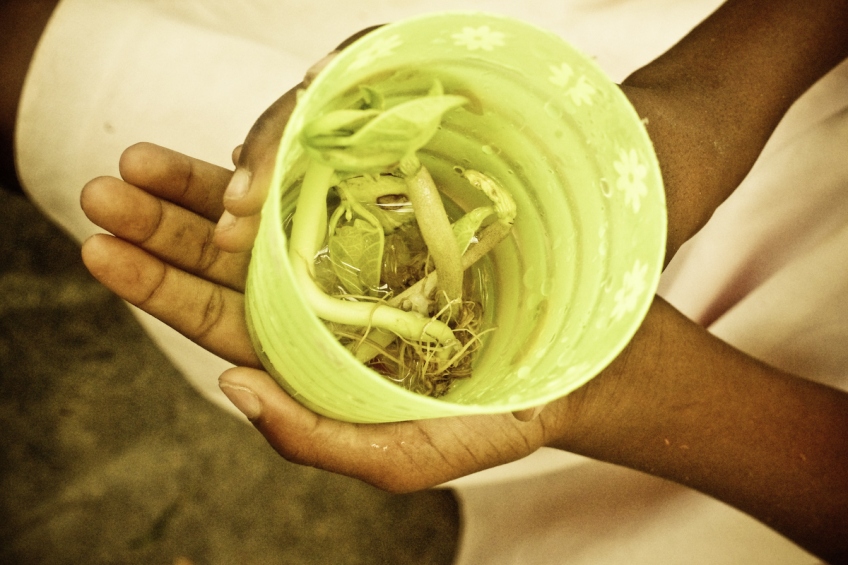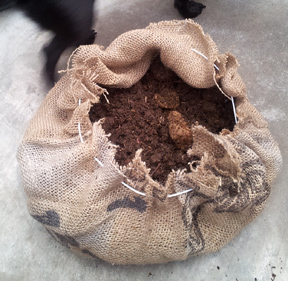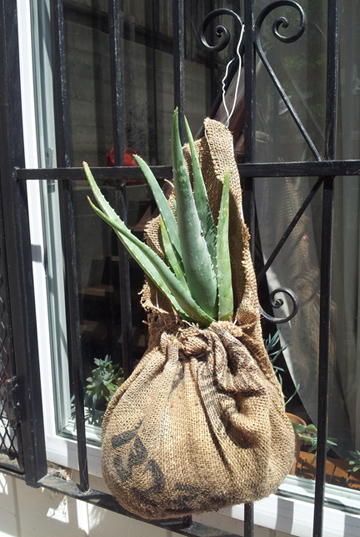One of my dearest friends in Haiti, Moïse, lives in an orphanage for girls. He was found after the earthquake in 2010 hurt, alone and hungry. He was taken in and cared for by Nadine and Sadrack Francois.
Whenever it is time for me to leave the orphanage all of the girls gaily wave me goodbye with songs. They carefully mark the date of my next visit in red ink on a wall and send me on my way.
Moïse, however, being the most sensitive soul in the whole place, always cries and follows me home to the hotel and stays with me until it is time to catch my flight.
Sweetheart.
On a visit to Haiti in April of 2012 it was observed that little Moïse needed a bicycle. So Sylwia and I lugged one across the country for him in July 2012.
Big thank you to Jason DeCook for sourcing, repairing and donating a really rocking mountain bike perfect for the broken streets of downtown Port au Prince.
Big thank you to my mom and aunt for helping me ship the bike to Florida.
Big thank you to Sylwia for helping to get it to Haiti.
I love you Moïse.
See you in January ♥
…
Moïse is the French spelling of Moses …
“And the LORD said unto Moses, Come up to me into the mount, and be there: and I will give thee tables of stone, and a law, and commandments which I have written; that thou mayest teach them. 13 And Moses rose up, and his minister Joshua: and Moses went up into the mount of God.”
1. You must not have any other god but me.
2. You must not make for yourself an idol of any kind or an image of anything in the heavens or on the earth or in the sea.
3. You must not misuse the name of the Lord your God. The Lord will not let you go unpunished if you misuse his name.
4.Remember to observe the Sabbath day by keeping it holy.
5. Honor your father and mother. Then you will live a long, full life.
6. You must not murder.
7. You must not commit adultery.
8. You must not steal.
9.You must not testify falsely against your neighbor.
10. You must not covet your neighbor’s house. You must not covet your neighbor’s wife, male or female servant, ox or donkey, or anything else that belongs to your neighbor.
